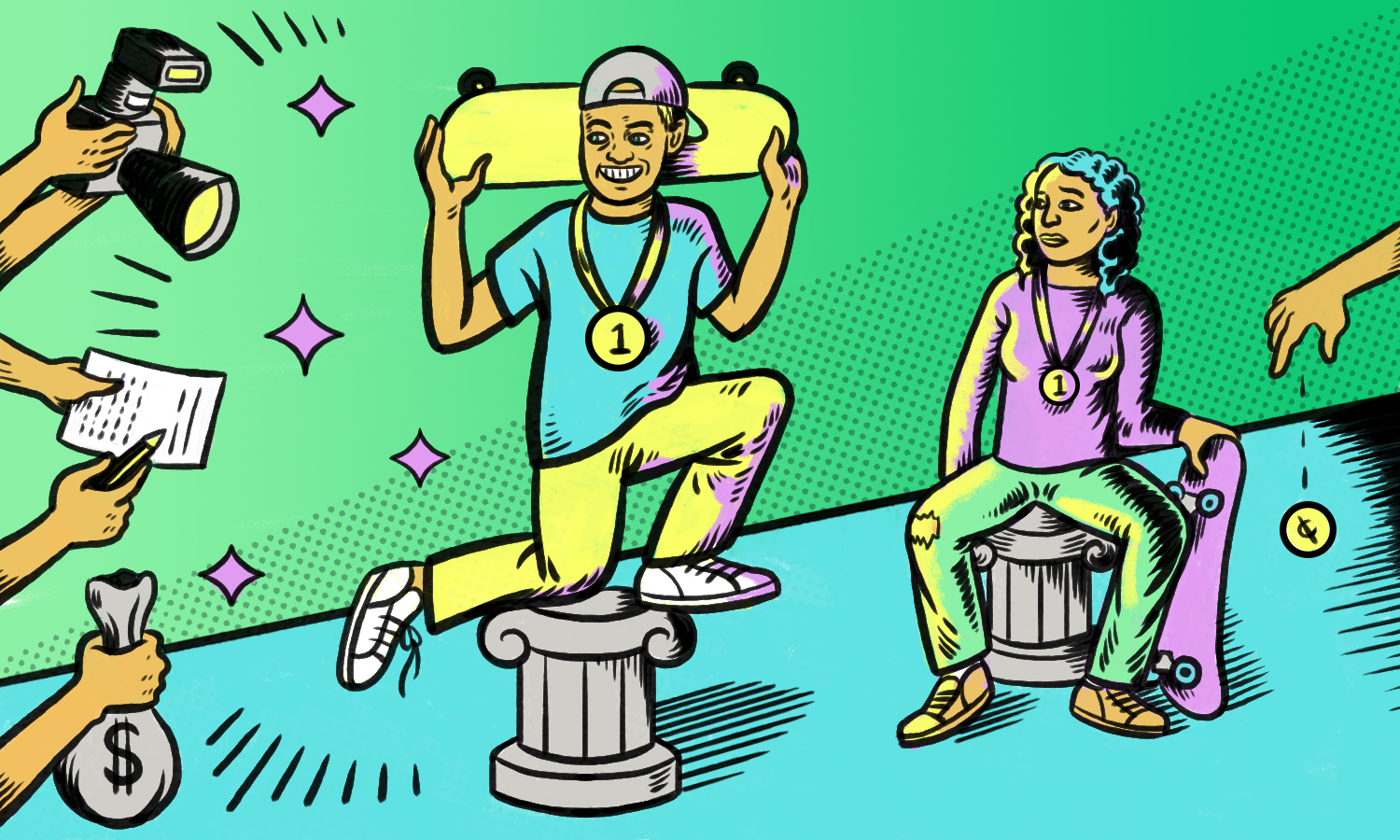
Paying women less to do the same job as men is the unfortunate standard around the world. In the United States, for instance, the Department of Labor cites the statistic that a woman makes roughly 78¢ cents for every $1 a man makes, and that doesn’t even factor in systemic obstacles that may prevent women from even getting the same job as men in the first place. This disparity is present in nearly every career field, including professional sports. Last year, the U.S. Women’s National Soccer Team reminded the world of this fact when they filed a class action lawsuit against the U.S. Soccer Federation for paying them less than male players, despite having better viewership metrics and winning more games.
You might expect skateboarding to suffer from the same pay discrepancy, and while it does for the most part in sponsorship deals, skate contests actually have a more level playing field. Two of skateboarding’s main contests, X Games and Vans Park Series, offer equal prize money for men and women, and other contests, like Street League, have increased their women’s prize purses over the years.
While there’s still need for greater equality, differences in prize purses used to be even worse. Many of these achievements came from the collective action of a group of women skaters starting nearly 15 years ago. So to understand how they brought more money to women’s contest skating, we talked with some key players to get the full story.
A HISTORY OF COLLECTIVE ACTION
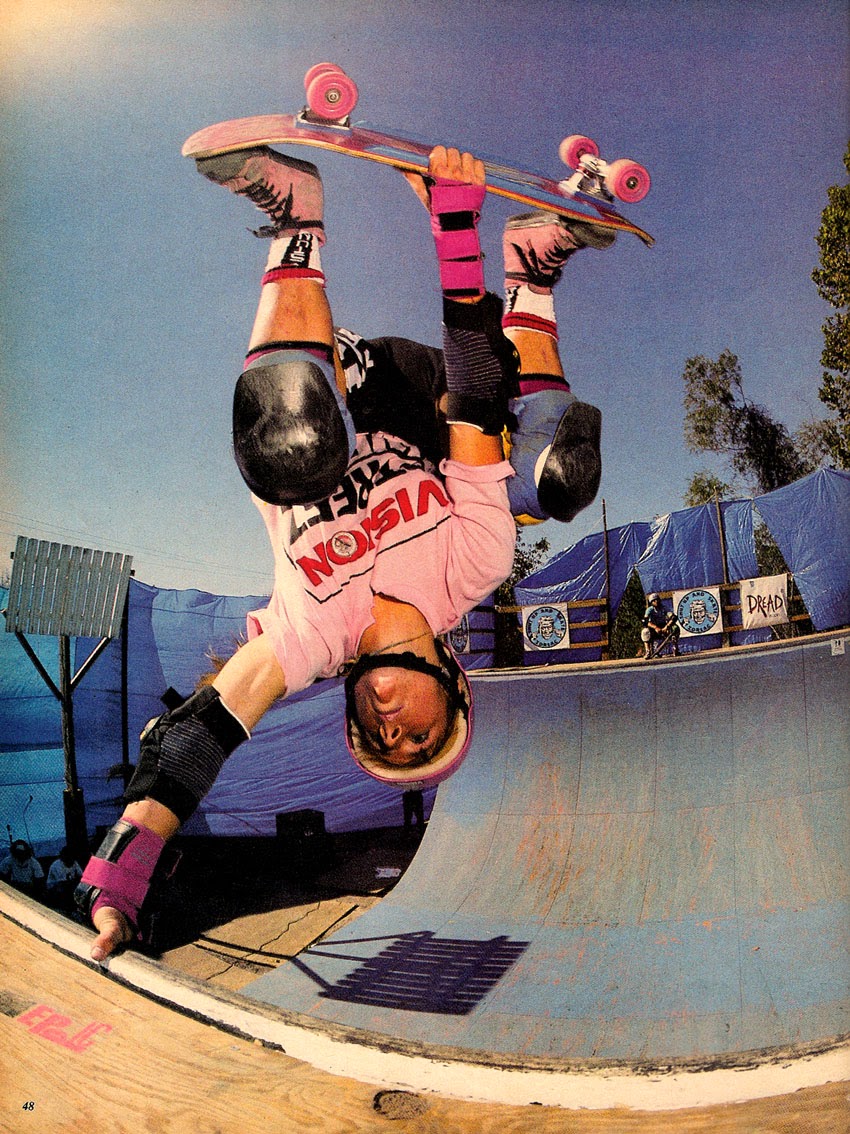
cara-beth burnside, photo: luke ogden (1989)
On the eve of the 2005 X Games in Los Angeles, many of the women skaters on the circuit got together in a room to discuss their frustrations with the way they were being treated as competitors. “It was a bunch of us,” Mimi Knoop, a woman’s vert medalist and founder of the Women’s Skate Alliance, said. “Elissa [Steamer,] Vanessa Torres, Amy Caron, myself, Jenn O’Brien, Cara-Beth [Burnside], Luciana Ellington, and some Brazilians.”
That year, first place for the men’s vert contest came with a $50,000 purse, but the woman who finished first would only win $2,000. “Last place men’s street was $2,000 at that time. So the dude who placed last got the same purse as the women’s champion,” Knoop said.
At that time, women pro skaters received contest purses that were 25 times smaller than that of their male counterparts, and their endorsement deals were harder to come by and less lucrative. The women recognized their value to the X Games—who had no trouble filling the commercial slots during their contests—and were trying to figure out how to close the gap between men’s and women’s winnings.
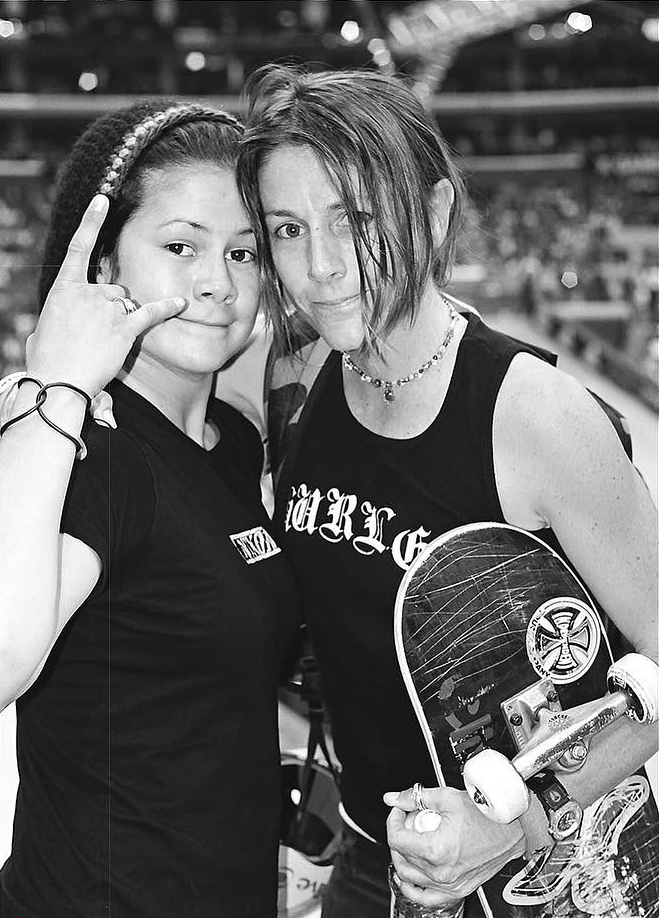
cara-beth burnside & vanessa torres at 2003 x games, photo: desiree astorga
Drew Mearns, a former sports agent who had been helping guide Knoop through trying to make a living as a professional skater, was in the room that day. Mearns brought up how, in 1970, the nine best women’s tennis players boycotted the United States Tennis Association tournaments because of a similar purse inequality. Led by Billy Jean King and Gladys Heldman,the publisher of World Tennis Magazine, the group refused to participate in a USTA tournament that had an 8:1 men’s to women’s purse.
The Original Nine, as they came to be known, organized their own contest circuit, eventually forming the Women’s Tennis Association (WTA), which directly led to increased economic opportunity for women in competitive tennis.
Inspired by the success of the Original Nine, the women at the 2005 X Games refused to compete the next morning. “So we were like, ‘Alright, let’s just not go tomorrow and see what happens.’ The contests started and the bleachers were actually full, which wasn’t normal for us at that time, but no one was skating. That ended up getting us a phone call with the general manager of X Games.”
Cara-Beth Burnside fielded the call the next day with Knoop and Mearns in the room and laid out their issues: the women’s contests had smaller purses and lacked the promotion and coverage that the men enjoyed. They were also invited to compete on short notice and often would only get to session the course once before competing. These were systemic barriers that inhibited even the potential for parity in women’s and men’s events.
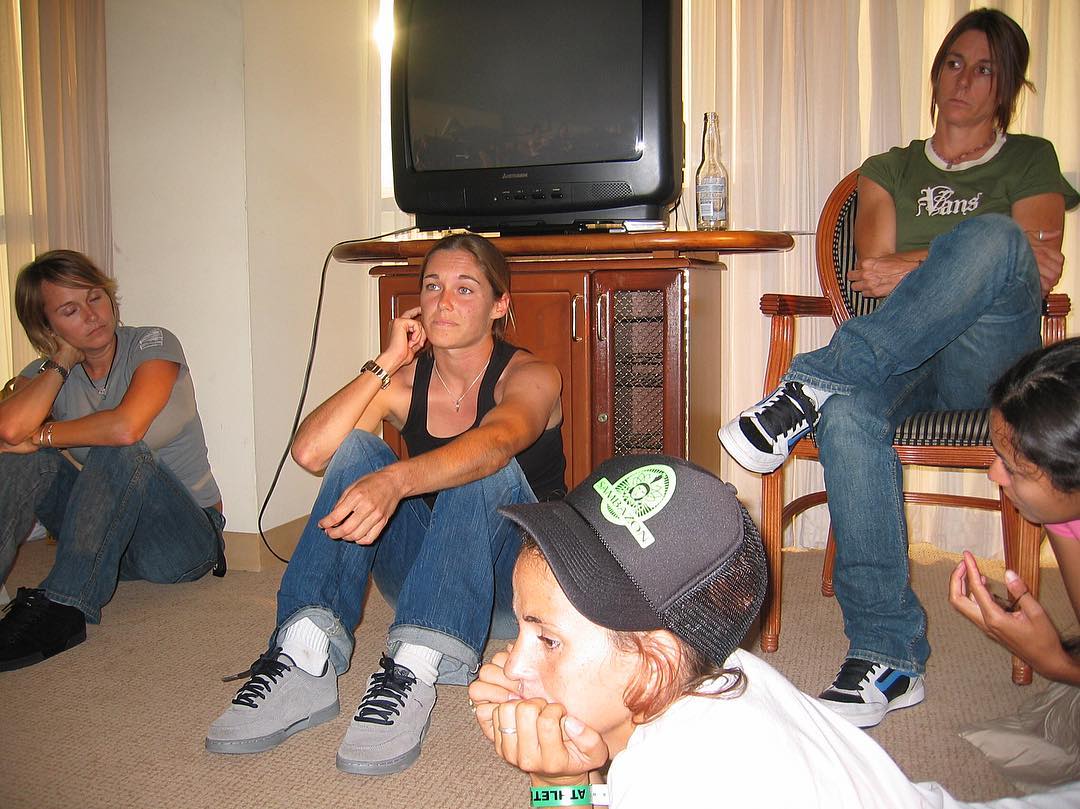
strike discussion at 2005 x games, photo: luciana toledo
After a brief back and forth, the skaters agreed to skate the rest of the contest in exchange for a promise of a meeting with X Games management. They got nothing for months, and eventually contacted someone at the New York Times. In the summer of 2006, a story about the boycott and unequal prize purses ran on the front page of the paper’s sports section. Suddenly, ESPN was available for a meeting.
Knoop, Burnside, and Mearns sat down with a vice president at the network on the eve of the women’s contest, a year after the meeting that birthed the protest. They asked for three things: the freedom to organize their own events; progress toward prize purse equality as participation numbers and skate skills increased; and increased exposure.
“He was like, ‘Look, I want to help you guys. What do we need to do here? What are you guys going to be good with tomorrow for the purse this year? How about 10 grand for first place?’ And I wrote 15 on a piece of paper and slid it under the table to Cara-Beth.” Burnside went on to win that year’s vert contest. “It’s still a joke to this day that she owes me five grand,” Knoop said.
FORMING THE WOMEN’S SKATE ALLIANCE
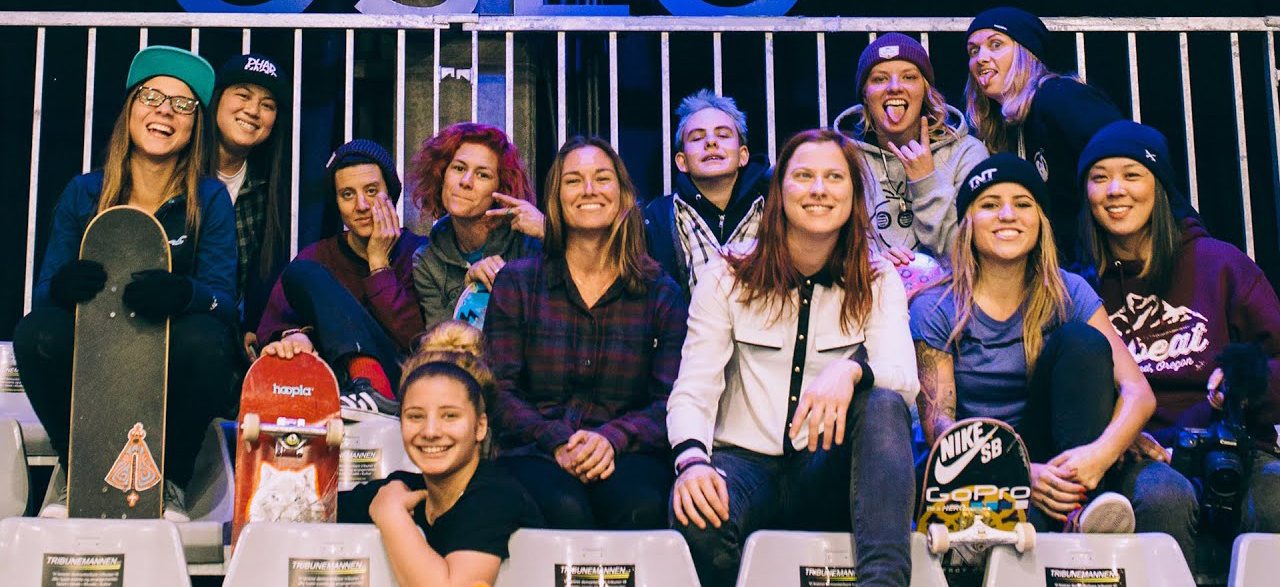
This action spawned the Action Sports Alliance, which later became the Women’s Skateboard Alliance (WSA), a non-profit that organizes contests like the X Games and also acts as an unofficial PR agency to advance women’s skating. Like Billie Jean King’s WTA, the WSA is the intermediary to ensure women get treated fairly in the way that contests are organized, promoted, and paid out.
“The ball was being dropped in several ways [before the WSA began to run the contests,]” Knoop said. “There was no connection between the actual skaters and ESPN. At least on the women’s side. So we wanted to step in and create that bridge.” They advocated for equal practice time since the women were only given one session on the day of the contest to figure out their runs, while the men were given an entire week. As the market for skateboarding contests grew and new series emerged, the WSA worked with them, ensuring balanced organizing and equal purses from the beginning.
VICTORIES
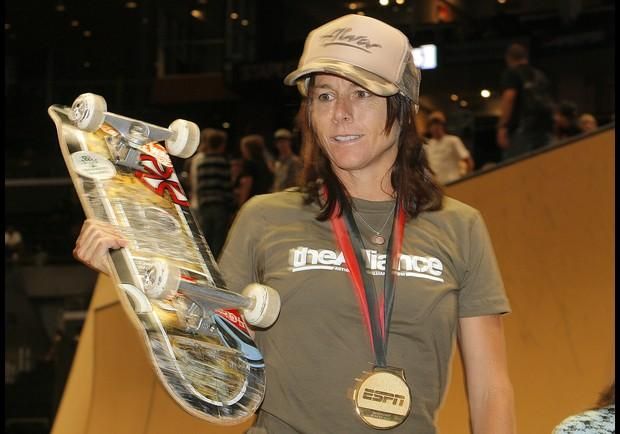
cara-beth burnside, photo: jae c. hong
In 2007, two years after the women’s boycott, the X Games announced they would offer equal purses for all men’s and women’s contests starting with the 2008 Winter X Games. The change in pay had a domino effect across the women’s action sports contest circuit, bringing purses up by thousands of dollars. After the International Olympic Committee announced that skateboarding would be included in the 2020 Olympics, contest organizers vyed to have their events included as Olympic Qualifiers. Stragglers to prize equality, like Street League, began to offer higher purses.
LOOKING FORWARD
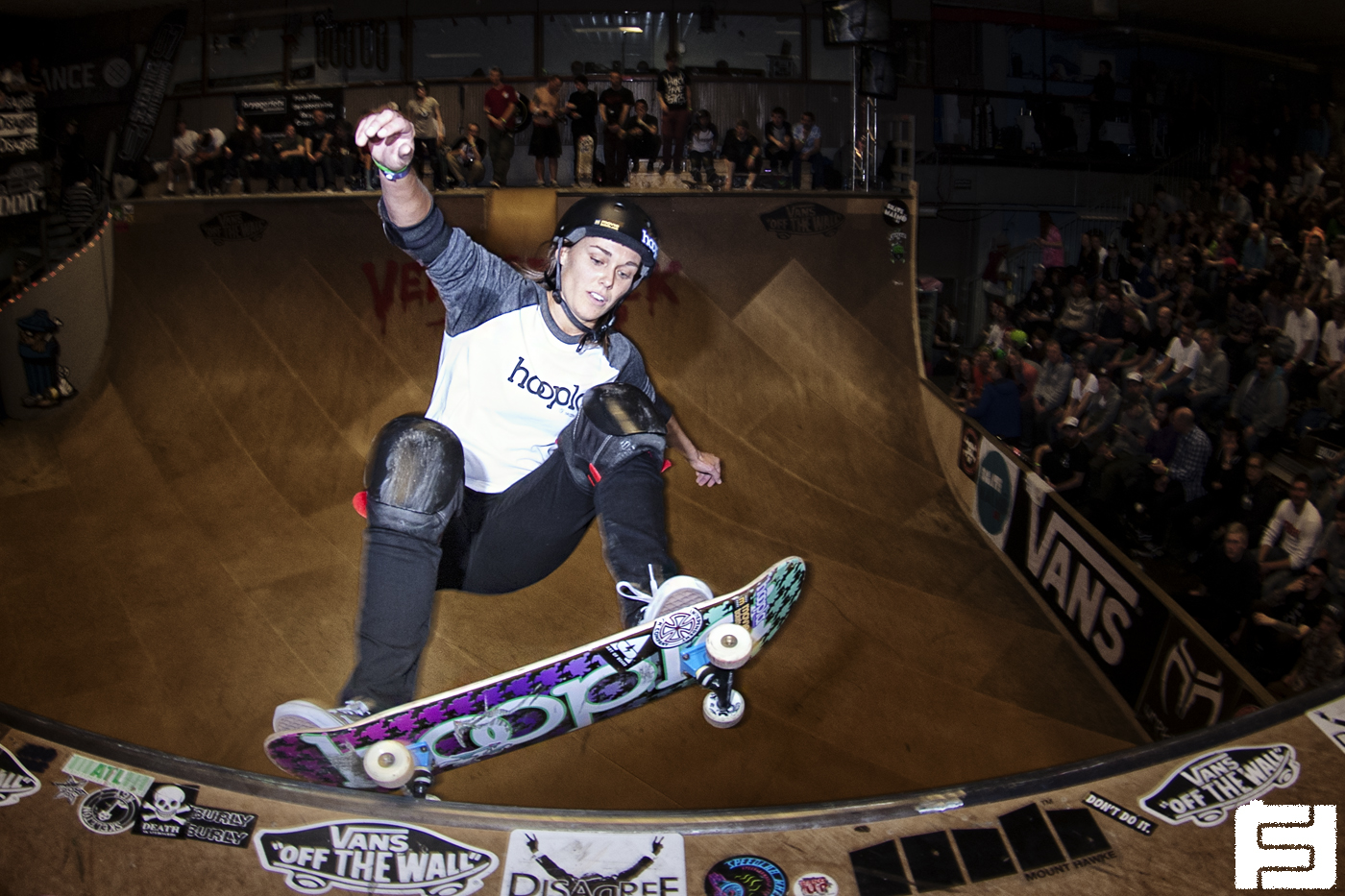
mimi knoop, photo: fred ferand
Despite the WSA’s victories at the highest levels of contest organizing, gender-based pay disparity still exists in skating. In fact, it’s pretty much impossible to even talk about prize money equality at the lower levels because most smaller contests don’t even offer separate women’s heats, something the WSA is hard-pressed to contend with.
In September 2019, California passed Assembly Bill 467, which decrees that any sporting event held on state land must have the same prize payouts for men’s and women’s contests. The law, also known as the Equal Pay for Equal Play bill, was inspired in part by a group of women pro surfers who fought for the ability to compete at a big wave contest outside of San Francisco called Mavericks Invitational.
The bill is a major step toward equality on paper, but it doesn’t do much for skateboarding contests, which aren’t held on state-owned land in California. Despite this apparent shortcoming in the bill’s scope, it’s an important show of commitment by the community’s lawmakers. Kim Woozy, director of development at Skate Like A Girl’s San Francisco chapter, hopes the bill will establish a precedent followed by more municipalities. If cities adopt similar laws, anyone applying for a permit to hold a contest at a city-owned skatepark will have to offer men’s and women’s contests, as well as equal prize purses for both categories.
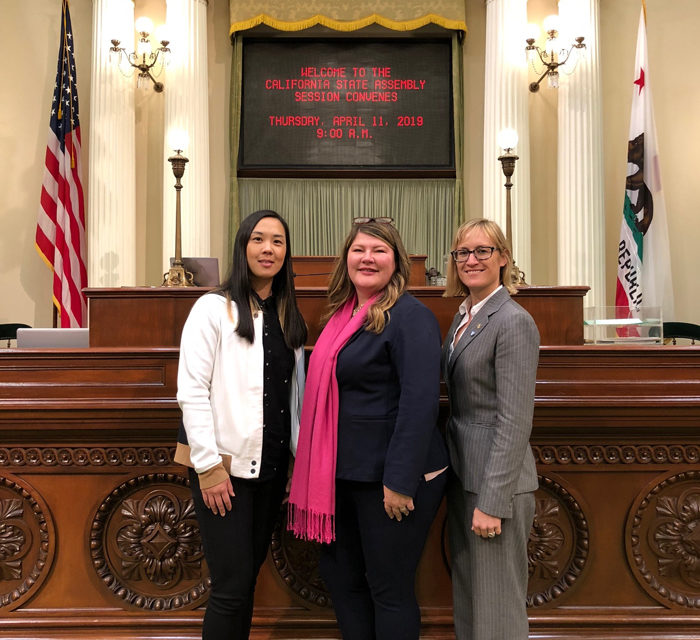
kim woozy at equal pay for equal play bill signing (2019)
The last law passed that dealt with equality with gender in athletics was Title IX. That was in 1972. Progress is slow, but it can only come through perseverance and continued interest and action. Woozy sees the Equal Pay for Equal Play bill as a stepping stone toward greater equality that will help women skaters in other aspects of their careers, namely providing more opportunities to skate for the brands that men ride for and making the same money to do it.
Beyond that, Woozy appreciates the attention this story brings to gender inequality in general. “People just assume that everything is equal in 2019, that women and men are equal,” she said, “and that’s not really the case. That bias is actually what allows for no progress: there’s not a lot of awareness.”
15 years ago, a small group of women put themselves on the line to achieve that awareness. Today, hopefully women won’t be on their own to keep progressing further.
Related Posts
Comments
Popular
-
 RECONTEXTUALIZING ZAK ANDERS, ONE OF TODAY’S MOST MYSTIFYING SKATERS
RECONTEXTUALIZING ZAK ANDERS, ONE OF TODAY’S MOST MYSTIFYING SKATERS
"I don’t want to be this brutal punk that hates everything that people like, and I’m trying really hard to undo that."
-
 RARELY SEEN PHOTOS FROM READ AND DESTROY, THE BELOVED BRITISH SKATE MAG
RARELY SEEN PHOTOS FROM READ AND DESTROY, THE BELOVED BRITISH SKATE MAG
Check out early documentation of London's Southbank, vert ramps tucked into Lord of the Rings-level forests, and everything in between.
-
 NAVIGATING SKATING’S HIGHS AND LOWS WITH MATT MILITANO
NAVIGATING SKATING’S HIGHS AND LOWS WITH MATT MILITANO
Over coffee and cigarettes Matt talks prank shows, ABDs and his love for the VX.
-
 A CHAT WITH LUDVIG HAKANSSON, THE OLDEST SOUL IN SKATEBOARDING
A CHAT WITH LUDVIG HAKANSSON, THE OLDEST SOUL IN SKATEBOARDING
The man loves to read Nietzche, skates in some expensive vintage gear, and paints in his own neoclassical-meets-abstract-expressionist style.
-
 MEET THE SEATTLE ARTIST WHO DESIGNED A BACON ’N EGGS INSPIRED SKATEPARK
MEET THE SEATTLE ARTIST WHO DESIGNED A BACON ’N EGGS INSPIRED SKATEPARK
Breakfast-obsessed skaters rejoice!

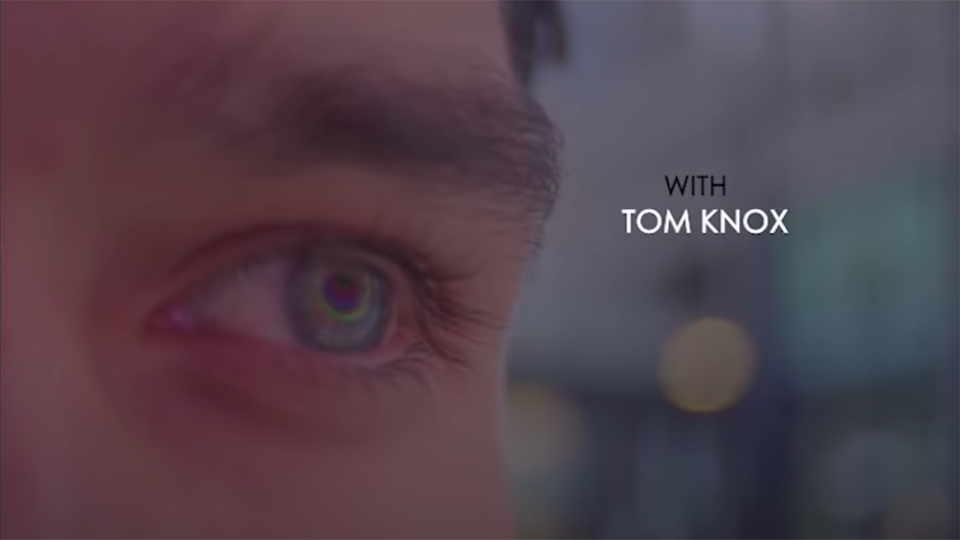




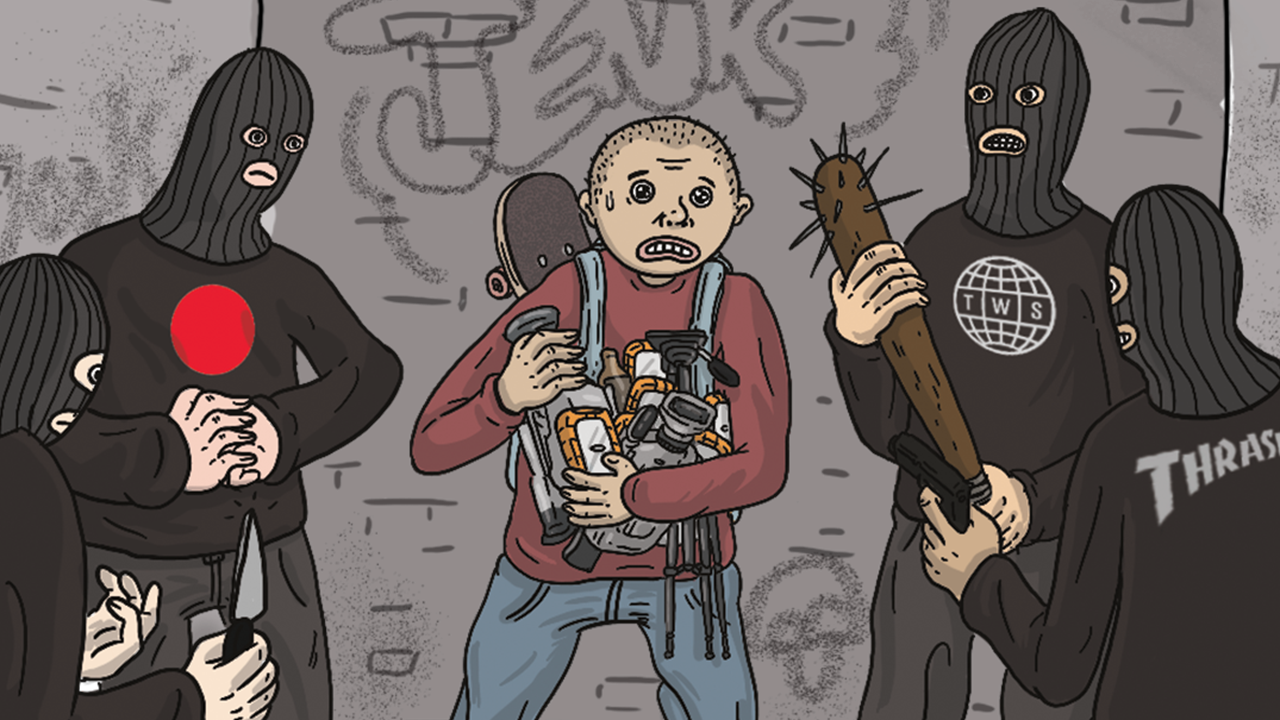

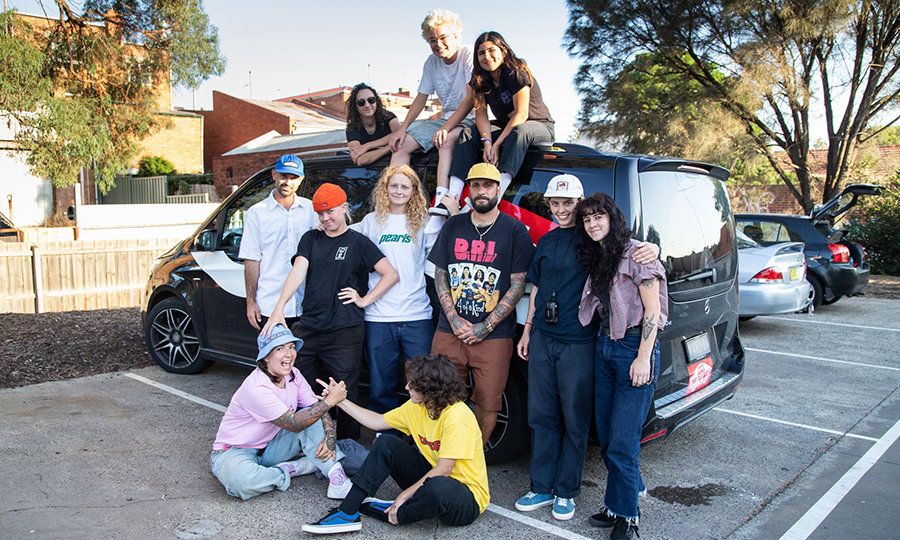
January 9, 2020 2:38 pm
“NBA vs WNBA. One’s a sport. One’s a joke. I like sports, and I like jokes”
January 9, 2020 3:49 pm
Actually, there is a lot that is misleading and incorrect in the first paragraph. That first stat about women making 78 cent to every man’s dollar has been debunked numerous times as that stat doesn’t take experience, years with the company/seniority, and production into account. Also, the women’s US soccer team actually makes a higher percentage of the gross revenue their games produced than the men’s. I’m not saying women shouldn’t be paid as much as men. I’m saying the reason you will situations like these are based on the economics and math. If your sport generates less revenue, you will receive less in profits. Yes, the US women’s team did generate more in ticket sales than the men’s team last year, but you also have to take into account merchandise, ad revenue, tv revenue, etc. Meaning that the US men’s soccer team still generated more revenue overall. It isn’t always sexism.
January 10, 2020 7:14 pm
You have a good point there
, but its a taboo nowdays!
January 9, 2020 4:15 pm
inspiring story about people collectively fighting for what’s right. thank you!
January 9, 2020 4:35 pm
Hell yeah boyz… soak up those pc points😎
January 9, 2020 9:50 pm
snowflake